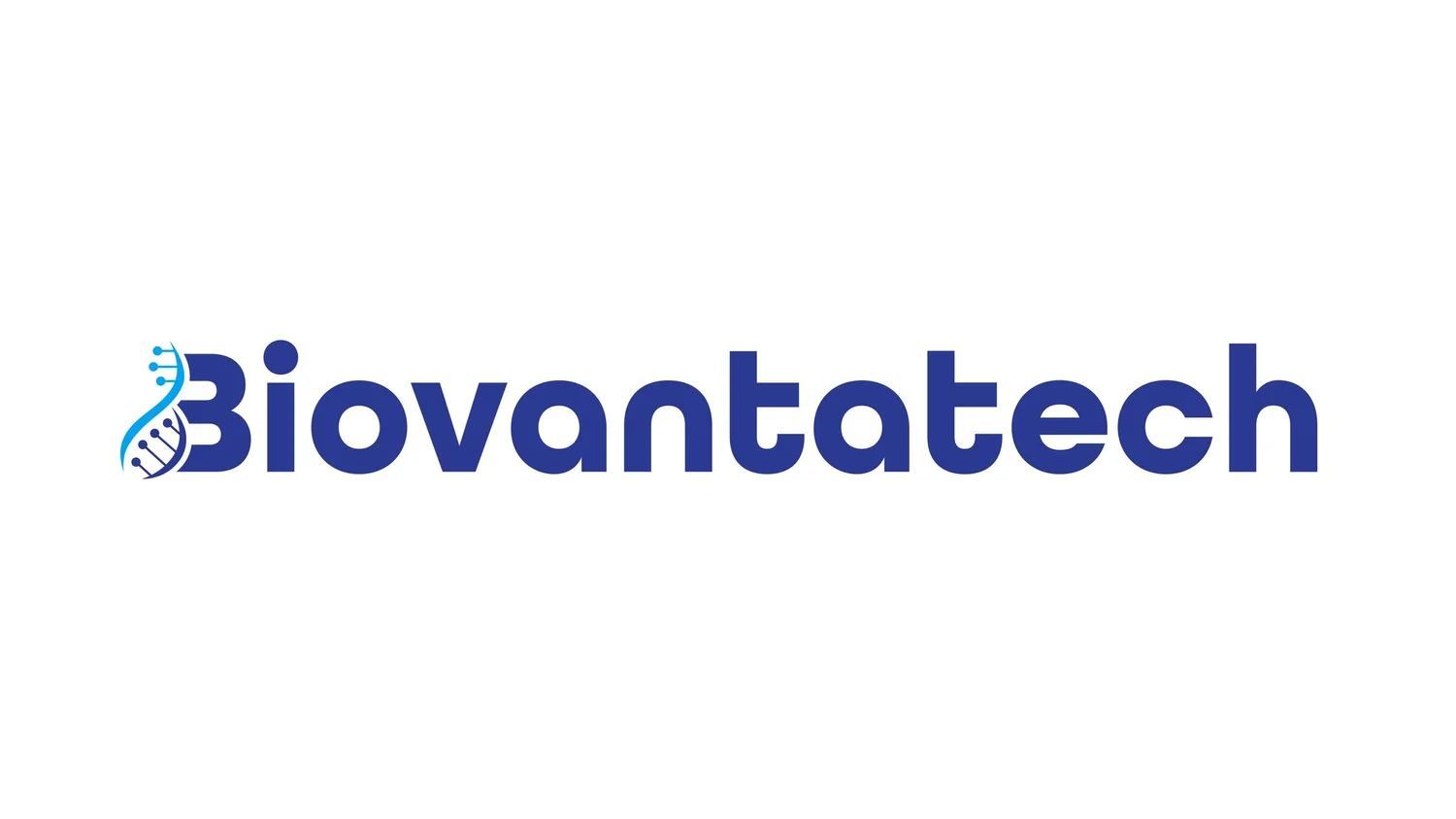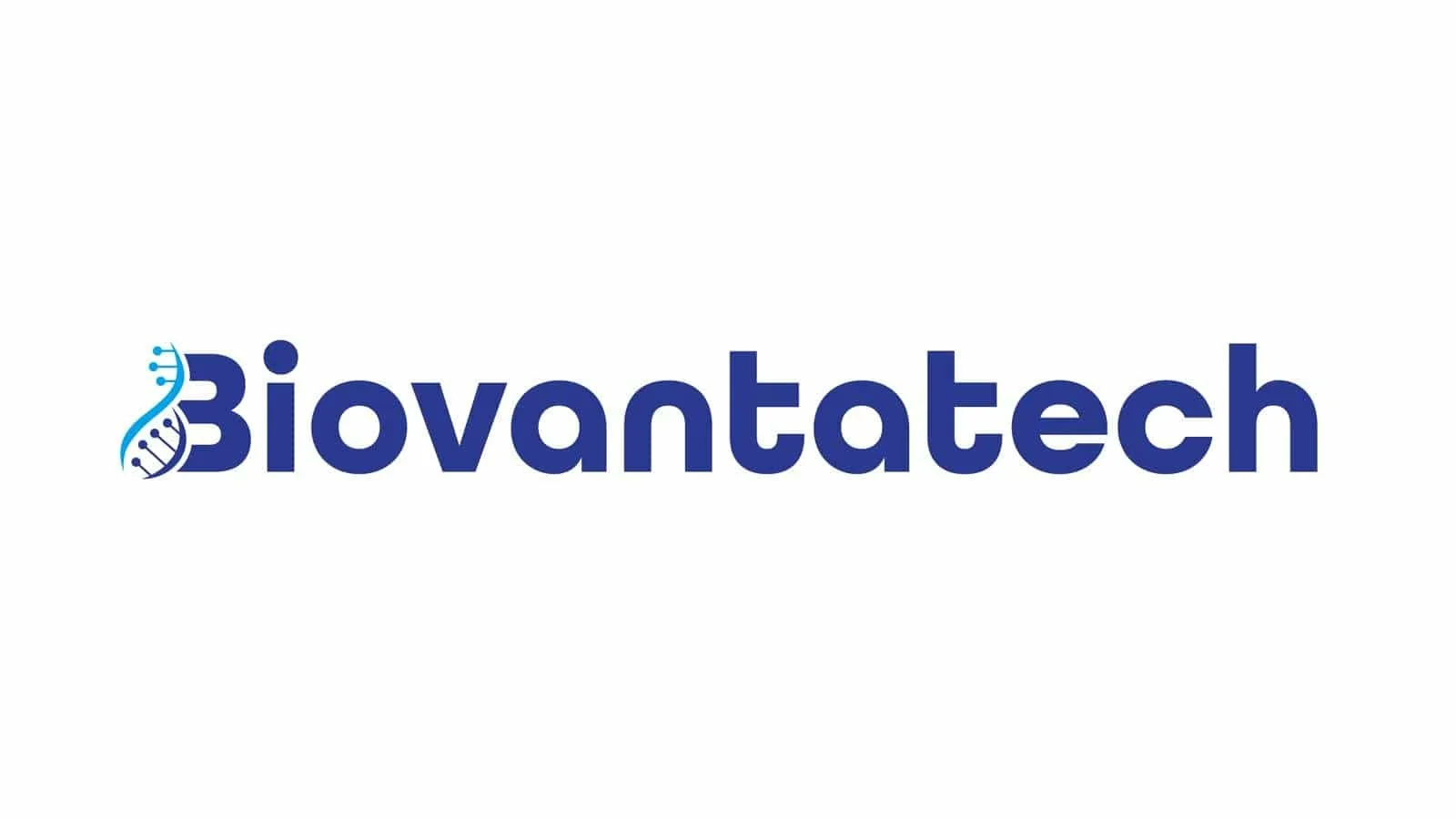Product Testing & Quality Control
Human Lung Cancer-Associated Fibroblasts (CAFs) undergo rigorous testing to ensure identity, purity, and performance. These cells are confirmed negative for endothelial and epithelial markers, including von Willebrand Factor (vWF/Factor VIII), Cytokeratin 18, and alpha-smooth muscle actin, helping maintain a pure fibroblast population.
All batches are also tested and verified to be free from bacteria, yeast, fungi, and mycoplasma contamination.
Cells are positive for key CAF markers including:
FAP (Fibroblast Activation Protein)
PDGFR (Platelet-Derived Growth Factor Receptor)
Vimentin
PDPN (Podoplanin)
CD70
Human Lung CAFs can be expanded for 3–5 passages using a 1:2 to 1:3 split ratio under recommended culture conditions.
Laboratory Applications
Human Lung CAFs are ideal for a wide range of experimental research, including:
Cell-cell interaction studies
Adhesion assays
PCR and Western blot analysis
Immunoprecipitation
Immunofluorescence and flow cytometry
Generation of derivative cell lines for advanced applications
These cells provide an excellent platform for studying the tumor microenvironment and fibrosis in pulmonary oncology research.
Shipping & Handling – Frozen Vials (Dry Ice)
Cells are shipped frozen on dry ice to preserve maximum viability.
Important Guidelines Upon Receipt:
Thaw and initiate culture immediately upon arrival.
If storage is necessary, keep vials in the liquid nitrogen vapor phase only.
Do not store at -70°C, as this significantly reduces cell viability.
Thawing Instructions:
Thaw the vial in a 37°C water bath with gentle agitation for ~2 minutes. Avoid submerging the cap or O-ring.
Immediately decontaminate the vial with 70% ethanol and perform all further handling under strict aseptic conditions.
Centrifuge the contents at 125 x g for 5–10 minutes to remove the cryoprotectant. Discard the supernatant and resuspend the cell pellet in fresh, pre-warmed growth medium.
Pre-coat a T-75 flask with 6–8 mL AlphaBioCoat for 15 minutes. Rinse with 8 mL of 1X PBS, discard, and transfer the cells to the flask.
Ensure the growth medium reaches physiological pH (7.0–7.6) by placing the culture vessel in the incubator for 15 minutes prior to cell addition.
Incubate at 37°C in a humidified 5% CO₂ incubator.
Subculturing Protocol
For optimal results, use T-75 flasks and scale appropriately for other vessel sizes.
Note: Avoid agitating the flask while waiting for cells to detach. If necessary, place at 37°C to aid in dissociation.
Steps:
Remove and discard the culture medium.
Rinse briefly with 1X PBS to remove serum that may inhibit dissociation.
Add 2–3 mL of Cell Detachment Solution and monitor under a microscope until cells begin to disperse (5–15 minutes).
Coat a fresh T-flask with AlphaBioCoat (6–8 mL for 15 minutes), rinse with 1X PBS, and discard the rinse.
Resuspend cells in 6–8 mL of complete growth medium and gently pipette to achieve a single-cell suspension.
Plate into new flasks at a 1:2 or 1:3 split ratio.
Replace medium every 3–4 days.
Cryopreservation
For long-term storage, cells should be cryopreserved in complete growth medium supplemented with 5% DMSO. Use standard controlled-rate freezing or a freezing container for best results.


